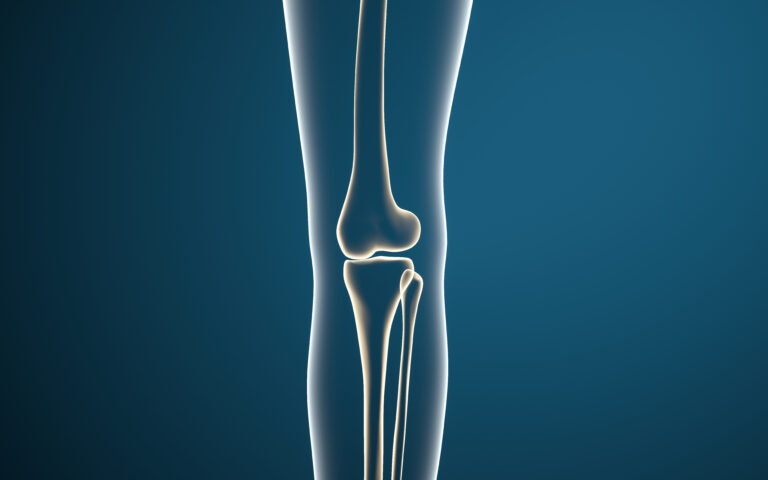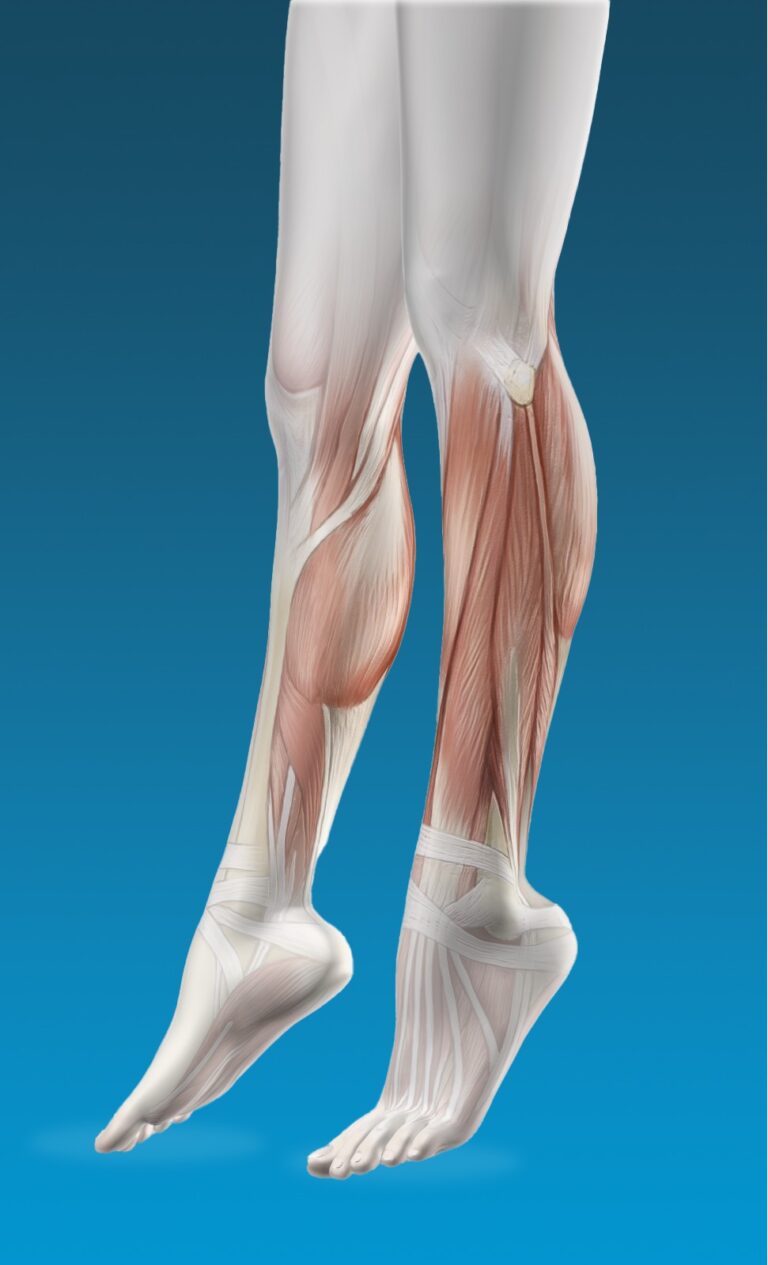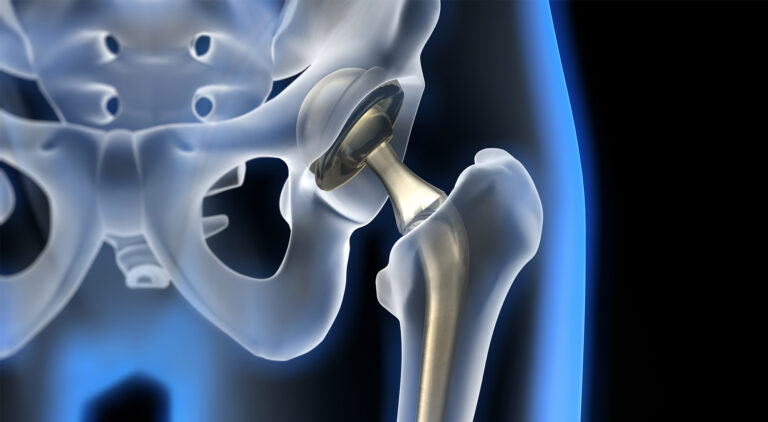
Introduction
Orthopedic pain, whether due to injury, chronic conditions, or age-related wear and tear, can significantly impact a person’s quality of life. Traditional treatments like medications and surgery are effective but may come with side effects or long recovery times. Holistic approaches to orthopedic pain management focus on treating the whole person rather than just addressing the pain itself. These approaches emphasize a combination of natural therapies, lifestyle changes, and mental wellness techniques to reduce pain, improve mobility, and enhance overall health.
Overview
Holistic orthopedic pain management combines various non-invasive, natural, and integrative therapies to alleviate pain and promote healing. These therapies aim to address not only the physical symptoms but also the mental, emotional, and lifestyle factors that can influence pain levels. The goal is to support the body’s natural healing processes, reduce dependency on medication, and improve long-term outcomes.
Holistic Approaches to Pain Management
- Acupuncture
Acupuncture, an ancient Chinese medicine practice, involves inserting thin needles into specific points on the body to stimulate the nervous system and promote healing. This technique is particularly effective for managing chronic orthopedic pain, such as that from arthritis, back pain, and joint issues. Acupuncture helps release endorphins, the body’s natural painkillers, and can improve circulation and reduce inflammation. - Chiropractic Care
Chiropractic care focuses on the alignment of the spine and other joints to alleviate pain and improve function. Chiropractors use hands-on spinal manipulation and other manual techniques to adjust misaligned joints, particularly in the back and neck, to reduce pain and improve mobility. It is often used in combination with other therapies like physical therapy for comprehensive pain relief. - Massage Therapy
Therapeutic massage is a popular holistic treatment for orthopedic pain. It helps reduce muscle tension, improve blood flow, and relieve pain in soft tissues such as muscles, tendons, and ligaments. Techniques like deep tissue massage, myofascial release, and trigger point therapy can provide significant relief from conditions like tendonitis, muscle strains, and chronic back pain. - Physical Therapy
Physical therapy (PT) is a cornerstone of holistic pain management. It involves exercises and manual techniques designed to improve mobility, strengthen muscles, and reduce pain. PT helps restore function after injury or surgery and can be particularly effective for managing conditions like arthritis, bursitis, and post-operative recovery. A PT plan can be customized to the patient’s condition and recovery goals. - Yoga and Pilates
Yoga and Pilates focus on flexibility, balance, and strength, which can help prevent and manage orthopedic pain. These practices emphasize posture and alignment, making them effective for addressing joint pain, particularly in the back, hips, and knees. Yoga also incorporates mindfulness and relaxation techniques, which can help reduce stress, a known contributor to pain. - Herbal Medicine and Supplements
Various herbal remedies and supplements are used in holistic pain management. Turmeric, ginger, and boswellia are well-known for their anti-inflammatory properties and are often recommended for joint pain and arthritis. Fish oil and glucosamine supplements can help improve joint health and reduce pain. Always consult a healthcare provider before starting new supplements to avoid interactions with other treatments. - Mind-Body Therapies
Chronic pain is not only physical but can also have a psychological component. Techniques like meditation, mindfulness, and guided imagery help reduce stress, anxiety, and depression, which can worsen pain. Cognitive behavioral therapy (CBT) is another approach used to teach patients how to cope with pain, change negative thought patterns, and improve their response to discomfort. - Diet and Nutrition
Nutrition plays a key role in managing orthopedic pain, particularly inflammation. An anti-inflammatory diet rich in fruits, vegetables, whole grains, and healthy fats (such as omega-3s found in fish) can help reduce joint pain and improve overall joint health. Avoiding processed foods and sugars can also prevent inflammation from worsening. Proper hydration is essential for maintaining joint lubrication and supporting the body’s healing processes. - Cold and Heat Therapy
Cold and heat therapy are simple but effective methods for managing orthopedic pain. Cold therapy, such as ice packs, helps reduce inflammation and numb pain, while heat therapy, such as warm baths or heating pads, relaxes muscles and improves blood flow. Alternating between hot and cold can provide both immediate pain relief and long-term healing benefits.
Potential Risks and Complications
- Overuse or Incorrect Application:
Certain holistic therapies, such as massage or physical therapy, can cause strain or injury if performed incorrectly or excessively. It is crucial to work with trained professionals to avoid exacerbating pain. - Interaction with Medications:
Some herbal supplements or natural therapies may interact with prescribed medications. Always consult with a healthcare provider before incorporating supplements or alternative treatments to avoid complications. - Delayed Diagnosis:
While holistic treatments can be effective, they should complement, not replace, traditional medical care. It’s important to diagnose and address the underlying cause of orthopedic pain, especially if the pain is related to a serious condition, such as a fracture or infection.
Understanding the Recovery Process
Recovery with holistic approaches depends on the treatment plan and the severity of the orthopedic condition. Many holistic therapies, such as physical therapy and acupuncture, require consistent treatment over weeks or months to show significant improvement. It is important to combine holistic approaches with regular monitoring by healthcare professionals to ensure progress and prevent setbacks.
Key Takeaway
Holistic approaches to orthopedic pain management provide a comprehensive way to address both the physical and psychological aspects of pain. By combining therapies like acupuncture, physical therapy, yoga, nutrition, and stress management, patients can improve their overall health, reduce pain, and enhance their quality of life. These methods aim to support the body’s natural healing processes and reduce dependence on medication, offering a long-term solution for managing orthopedic pain.
Disclaimer
This overview is intended for informational purposes only and should not be used as a substitute for professional medical advice. Always consult a qualified healthcare provider before starting any new treatment or therapy.



